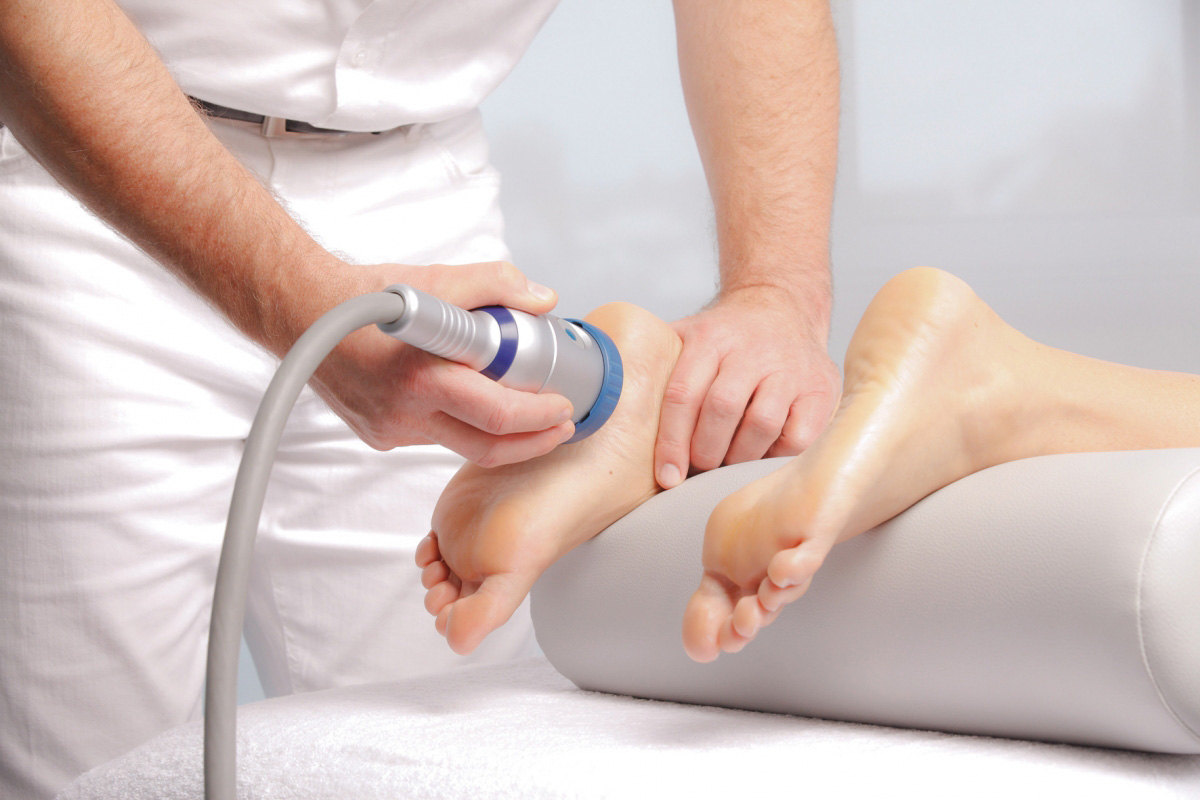The global Pressure Ulcers Treatment Market is estimated to be valued at US$ 5247.86 Mn or Million in 2023 and is expected to exhibit a CAGR of 6.2% over the forecast period 2023 to 2030, as highlighted in a new report published by Coherent Market Insights.
Market Overview:
Pressure ulcers, also known as bed sores or pressure sores, are localized injuries to the skin or underlying tissue that usually occur over a bony prominence as a result of pressure or pressure in combination with shear and friction. The most common sites for pressure ulcers are the sacrum, buttocks, and heels. Pressure ulcers can range in severity from redness of the skin to damage of underlying muscle and bone, and can significantly affect patient quality of life. Key products used in pressure ulcers treatment include wound care dressings, wound fillers and matrices, therapy devices, and antibiotic med dressings. The rising prevalence of pressure ulcers owing to the growing geriatric population suffering from limited mobility and poor nutrition is driving the market growth.
Market key trends:
One of the key trends in the pressure ulcers treatment market is the increasing demand for advanced wound care products. These advanced products help improve patient outcomes by promoting faster wound healing. Some examples of advanced wound care products include growth factors and bioengineered skin substitutes. Another trend gaining momentum is the growing adoption of evidence-based protocols and predictive tools for pressure ulcers prevention. A few evidence-based protocols recommended for prevention include the Braden Scale for predicting pressure sore risk and the SSKIN bundle approach (Surface, Skin assessment, Keep moving, Incontinence, Nutrition). Adoption of such protocols with predictive capabilities helps standardize care and reduces treatment costs by preventing hospital-acquired pressure ulcers.
Porter’s Analysis
Threat of new entrants: The threat of new entrants into the pressure ulcers treatment market is relatively low due to high capital investment requirements and established regulatory standards for new treatment products.
Bargaining power of buyers: The bargaining power of buyers in the pressure ulcers treatment market is moderate as major buyers are government organizations and hospitals. They can negotiate discounts and contracts from suppliers.
Bargaining power of suppliers: The bargaining power of suppliers is moderate as there are many established players operating in the market supplying treatment products. Switching costs are also low due to availability of substitutes.
Threat of new substitutes: The threat of new substitutes is moderate as new advancements are increasing treatment alternatives for pressure ulcers.
Competitive rivalry: The competitive rivalry in the pressure ulcers treatment market is high due to presence of global and local market players offering similar products.
Key Takeaways
The Global Pressure Ulcers Treatment Market Size is expected to witness high growth, exhibiting CAGR of 6.2% over the forecast period, due to increasing geriatric population and rising prevalence of pressure ulcers.
The North America region dominates the pressure ulcers treatment market holding the largest market share of over 35% globally in 2023. This is attributed to presence of major market players and healthcare infrastructure in the region. Asia Pacific is expected to be the fastest growing market at a CAGR of around 7% during the forecast period due to increasing healthcare expenditure and awareness.
Key players operating in the pressure ulcers treatment market are Smith & Nephew PLC, Coloplast Group, ConvaTec Group PLC, B. Braun Melsungen AG, 3M Company, and Integra Lifesciences Holdings Corporation, among others. Smith & Nephew PLC enjoys a dominant position in wound dressings category while Coloplast Group leads in ostomy care devices segment globally.
*Note:
1. Source: Coherent Market Insights, Public sources, Desk research
2. We have leveraged AI tools to mine information and compile it



